10 Trends Driving the Future of Education
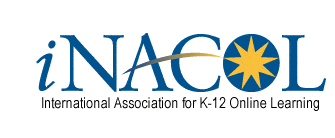
10 Trends Driving the Future of Education was published on iNACOL.org on November, 13, 2013.
I am flying back from a convening in New England with districts and schools pioneering student-centered learning through the Nellie Mae Education Foundation’s Building New Models for Systems Change Learning Institute. What a great meeting!
I wanted to share these ideas from my closing presentation…
10 trends driving the future of education – transforming to student-centered learning:
- Shift to competency education away from seat-time; Competency education is foundational for enabling personalized learning strategies, requiring students to demonstrate mastery (through a performance to “show what you know”) before advancing to the next lesson or level.
- Personalizing learning strategies focus on tailoring learning for each student’s strengths, needs and interests — including enabling student voice and choice in what, how, when and where they learn — to provide flexibility and supports to ensure mastery of the highest standards possible.
- Personalized Learning Maps providing illustrative student portfolios of academic + social/emotional competencies across a students’ learning trajectory toward successful graduation. This provides meaningful evidence of their acquisition of skills and knowledge and exactly what a student can do.
- Blended learning and online tools are helping teachers to empower personalized learning pathways for individualized instruction and immediate supports and interventions (every minute, every day) with data-driven, differentiated instruction.
- Think about the possibilities of “Learning GPS” systems to provide instant feedback on “time to destination” of learning; pathways; points of interests; and guidance for providing students with alerts to receive help immediately when off-track toward learning goals. Teachers, students, parents and administrators have dashboards to know how well progress is being made toward learning goals.
- Empowering anytime, everywhere learning is possible through mobile learning that combines the best learning experiences (traditional, online, blended), student services and resources, 24-7.
- Awarding credit for student demonstration of competencies and badging, which will end up challenging traditional A-F grading (which in effect allows us to judge learning as if “the emperor wears no clothes” – as students advance (even with As, Bs, and Cs) with large holes in their knowledge (90%, 80% 70%) from lesson to lesson across a subject. This is the tyranny of seat-time enabling gaps over time.
- Bridging formal and informal learning with a focus on all students demonstrating world-class standards at high levels of rigor.
- Adaptive learning platforms and content in the hands of empowered teachers enables instant feedback, embedded formative assessments to support differentiation for every learner and access to tools and expanded resources for content and curriculum based on individual learner needs and interests.
- Connecting community resources within, and services around, school as a provider of services to meet each student’s individual needs.
A last note…
What education leaders should be asking when designing new blended, personalized learning models:
- How is your program engineered to personalize learning?
- How do you enable student co-design and goal-setting?
- How do you provide greater transparency?
- How does your program transform instructional design to student-centered?
- How many forms of evidence are required for a student to successfully demonstrate mastery of competencies?
I believe the ultimate power of blended and online learning lies in the potential to transform the education system and enable higher levels of student-centered learning through competency-based approaches.
To be clear…
iNACOL’s VISION OF FUTURE LEARNING MODELS IS CENTERED ON THE NEED FOR INCREASING OPPORTUNITIES, ACCESS AND EQUITY FOR ALL STUDENTS to actively engage in the highest-quality, student-centered, competency education models offering personalized learning for each and every student, so that success is the only option.
Check out our new paper on personalizing learning, Mean What You Say: Defining and Integrating Personalized, Blended and Competency Education.
Note: I use the definition of student-centered learning from the Jobs for the Future (JFF) Students at the Center project:
Critical and distinct elements of student-centered approaches to learning challenge the current schooling and education paradigm:
- Embracing the adolescent’s experience and learning theory as the starting point of education;
- Harnessing the full range of learning experiences at all times of the day, week, and year;
- Expanding and reshaping the role of the educator; and
- Determining progression based upon mastery.
Susan Patrick is the President and Chief Executive Officer of the International Association for K-12 Online Learning (iNACOL). iNACOL is the international K-12 nonprofit association representing the interests of practitioners, providers and students involved in online learning worldwide.
Tom Vander Ark is a director of iNACOL.


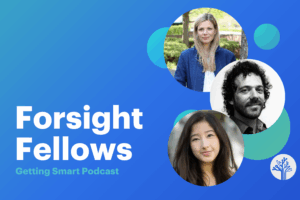

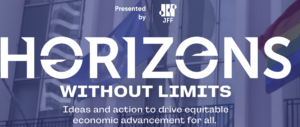
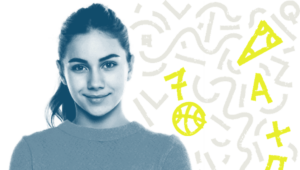
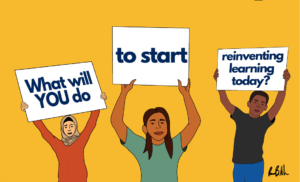
Renata
Gamified education is actualy our future. It's most simple way to engage students, also - develop their practical skills. Strongly suggest to try out http://virtonomics.com/ .